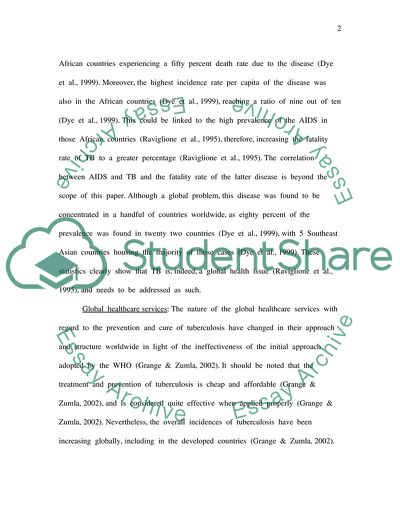Cite this document
(“Global Health Policy for Tuberculosis Research Paper - 1”, n.d.)
Retrieved from https://studentshare.org/health-sciences-medicine/1579460-global-health-policy-paper
Retrieved from https://studentshare.org/health-sciences-medicine/1579460-global-health-policy-paper
(Global Health Policy for Tuberculosis Research Paper - 1)
https://studentshare.org/health-sciences-medicine/1579460-global-health-policy-paper.
https://studentshare.org/health-sciences-medicine/1579460-global-health-policy-paper.
“Global Health Policy for Tuberculosis Research Paper - 1”, n.d. https://studentshare.org/health-sciences-medicine/1579460-global-health-policy-paper.


